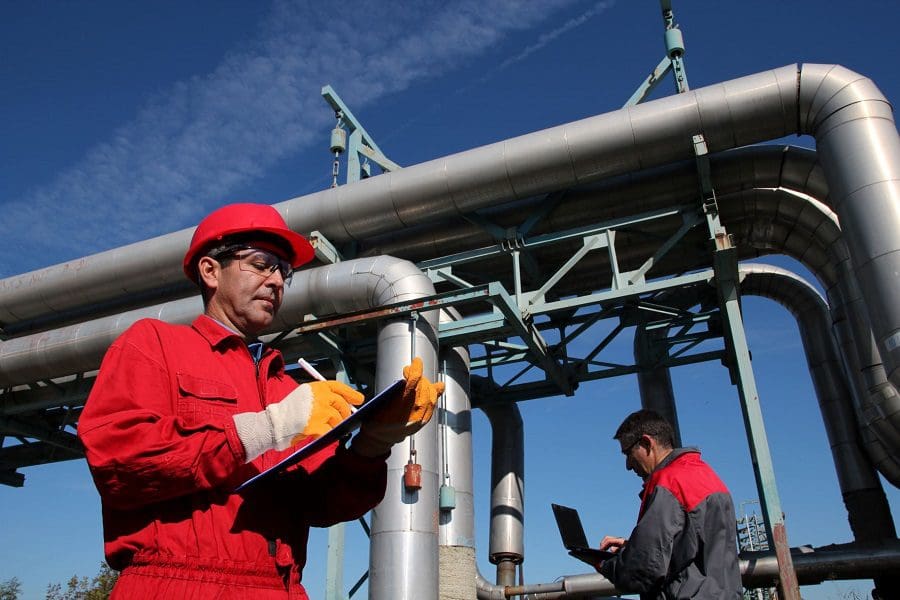Austin, Texas – Texans for Natural Gas, a project of the Texas Independent Producers & Royalty Owners Association (TIPRO), released a new report today focused on the impacts of Winter Storm Uri on Texas energy production and the steps taken to prepare for future extreme weather events.
To view the full report, “One Year Later: How Natural Gas Saved Texas During Winter Storm Uri and How Texas Prepared for the Next Big Storm,” click here. Top takeaways:
- Natural gas outperformed other energy sources (like wind, coal, solar and nuclear) during Winter Storm Uri, generating more than 900,000 kilowatt hours at its peak.
- Despite the robust performance of natural gas, the Texas energy system as a whole still failed Texans. Electric blackouts called by ERCOT and implemented by the transmission & distribution service providers caused or contributed to natural gas production outages in the Permian Basin.
- Historical data shows the winter storms only briefly impact oil and gas production.
- Texas diligently prepared for the next storm over the past year. The Texas Railroad Commission reports that approximately 98 percent of natural gas facilities have been winterized.
- Another storm in February 2022 presented a chance to test Texas’ more robust energy grid — and Texas energy producers delivered. Energy demand in the 2022 storm hit around 68,000 megawatts, coming incredibly close to the 69,000 megawatts of demand put on the system during Winter Storm Uri. And yet, the Texas energy grid stood strong.
“Last year, despite a multitude of challenges, natural gas rose to meet skyrocketing demand during Winter Storm Uri,” said Ed Longanecker, president of TIPRO. “Through this report, we can see how Texans banded together since then to tackle the unforeseen hurdles hindering our energy system, and how the 2022 winter storm demonstrated that the changes made in tandem by oil and gas producers, Texas legislators and energy agencies successfully prepared the grid for another severe weather event.”
While natural gas prevented a bad situation from becoming worse in 2021, the challenges that impacted the Texas energy system were varied and diverse. From widespread power losses to frozen infrastructure and impassible roads, the end result was 4.5 million Texans without power and oil and gas operators who could not operate at maximum capacity.
In addition to the millions of dollars operators spend on weatherization efforts, Texas legislators passed a series of new laws and regulations to protect the energy grid from the impact of future storms. From new weatherization standards to processes that designate critical infrastructure, operators have quickly adapted to these new reforms and continue to make proactive investments of their own. In February 2022, Texas passed its first real test since Winter Storm Uri when energy demand soared and energy producers delivered.
“Natural gas is foundational to Texas’ energy supply, and thanks to robust and coordinated efforts from oil and gas operators, legislators and other energy experts over the past year, we have strengthened that foundation to create a more reliable and resilient energy grid,” concluded Longanecker.
A full copy of the report, “One Year Later: How Natural Gas Saved Texas During Winter Storm Uri and How Texas Prepared for the Next Big Storm,” can be found here.
About TIPRO
The Texas Independent Producers & Royalty Owners Association (TIPRO) is a trade association representing the interests of nearly 3,000 independent oil and natural gas producers and royalty owners throughout Texas. As one of the nation’s largest statewide associations representing both independent producers and royalty owners, members include small businesses, the largest, publicly-traded independent producers, and mineral owners, estates, and trusts.
Oil and gas operations are commonly found in remote locations far from company headquarters. Now, it's possible to monitor pump operations, collate and analyze seismic data, and track employees around the world from almost anywhere. Whether employees are in the office or in the field, the internet and related applications enable a greater multidirectional flow of information – and control – than ever before.











